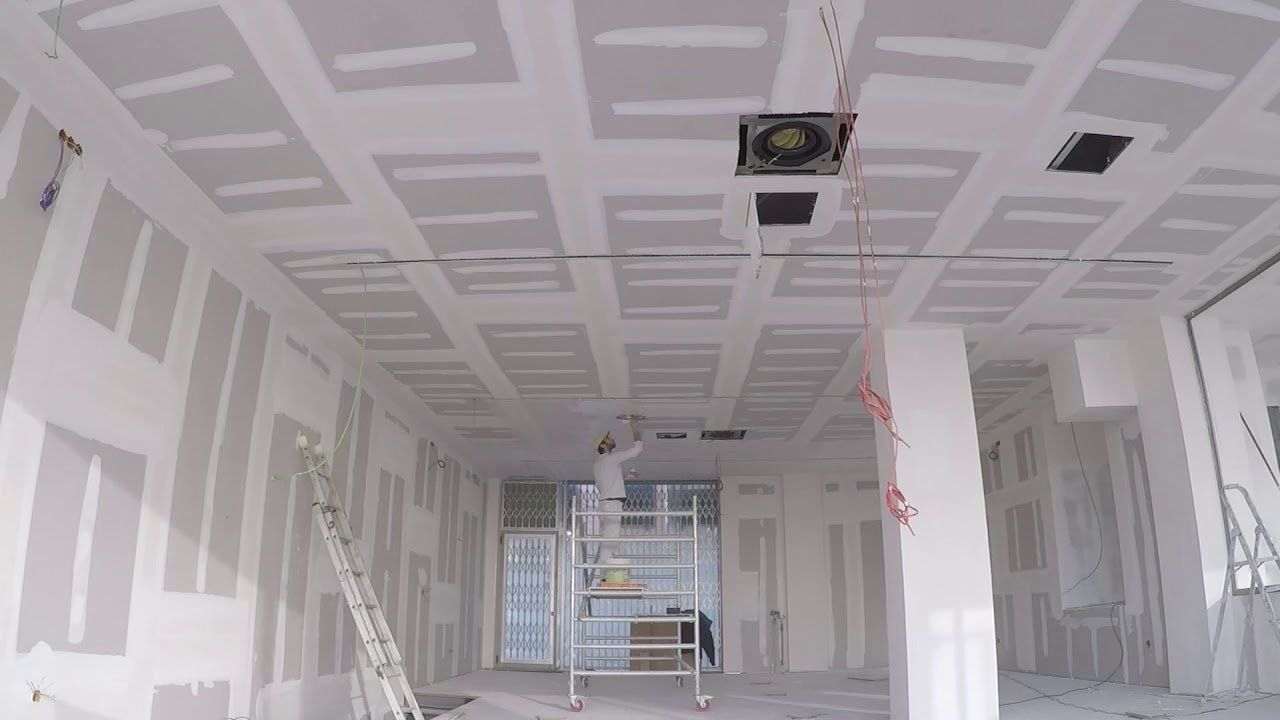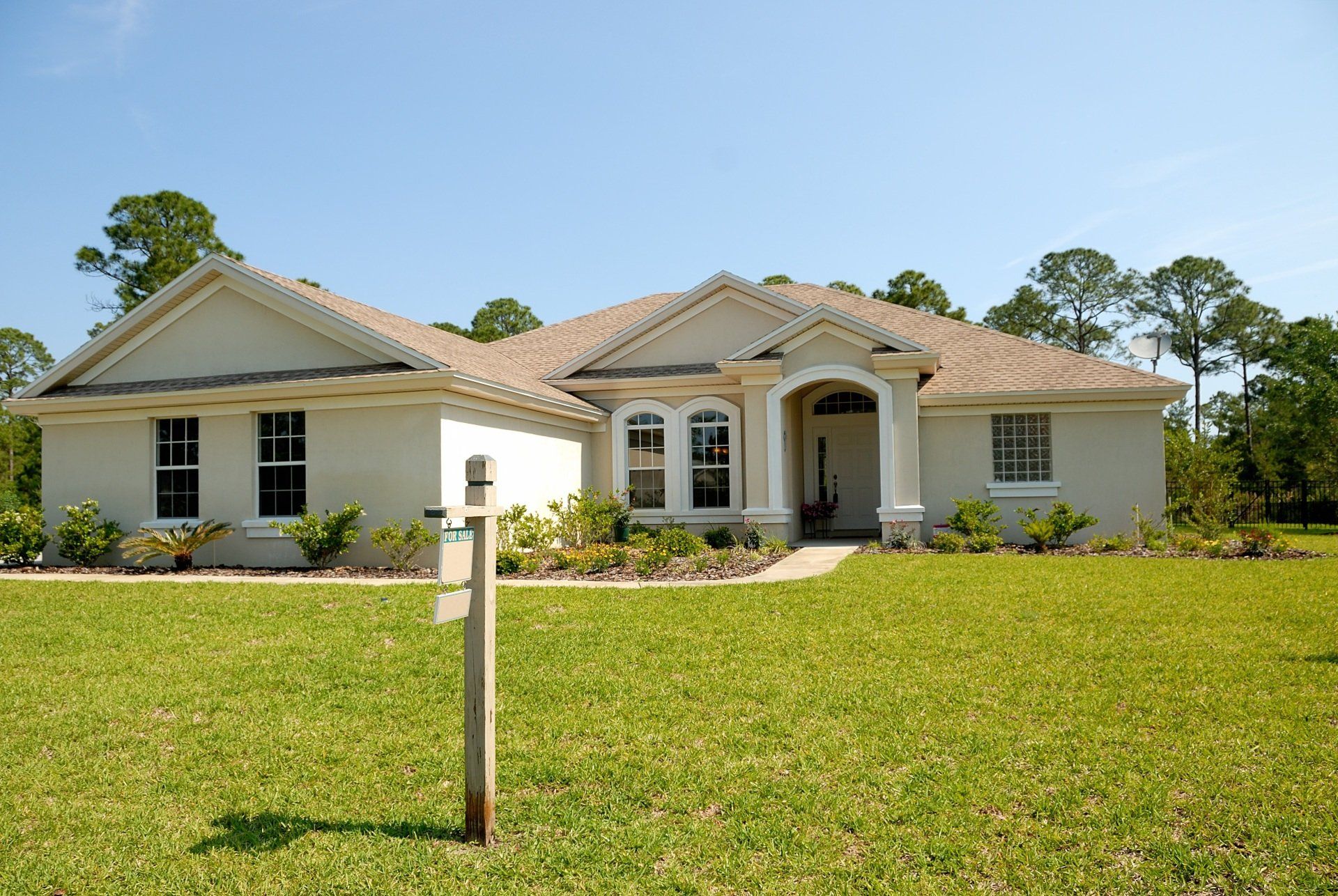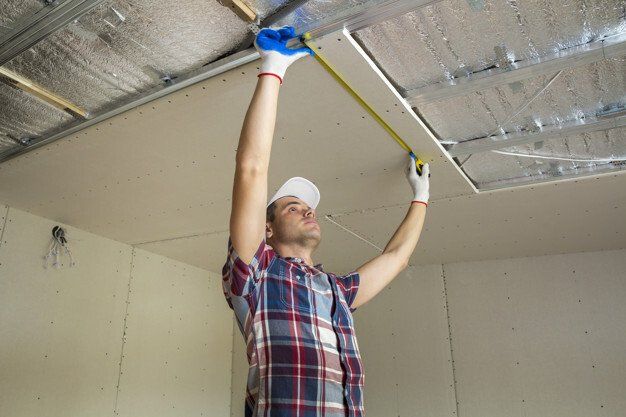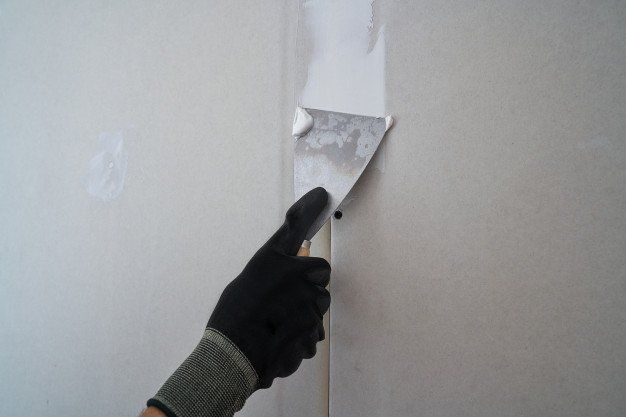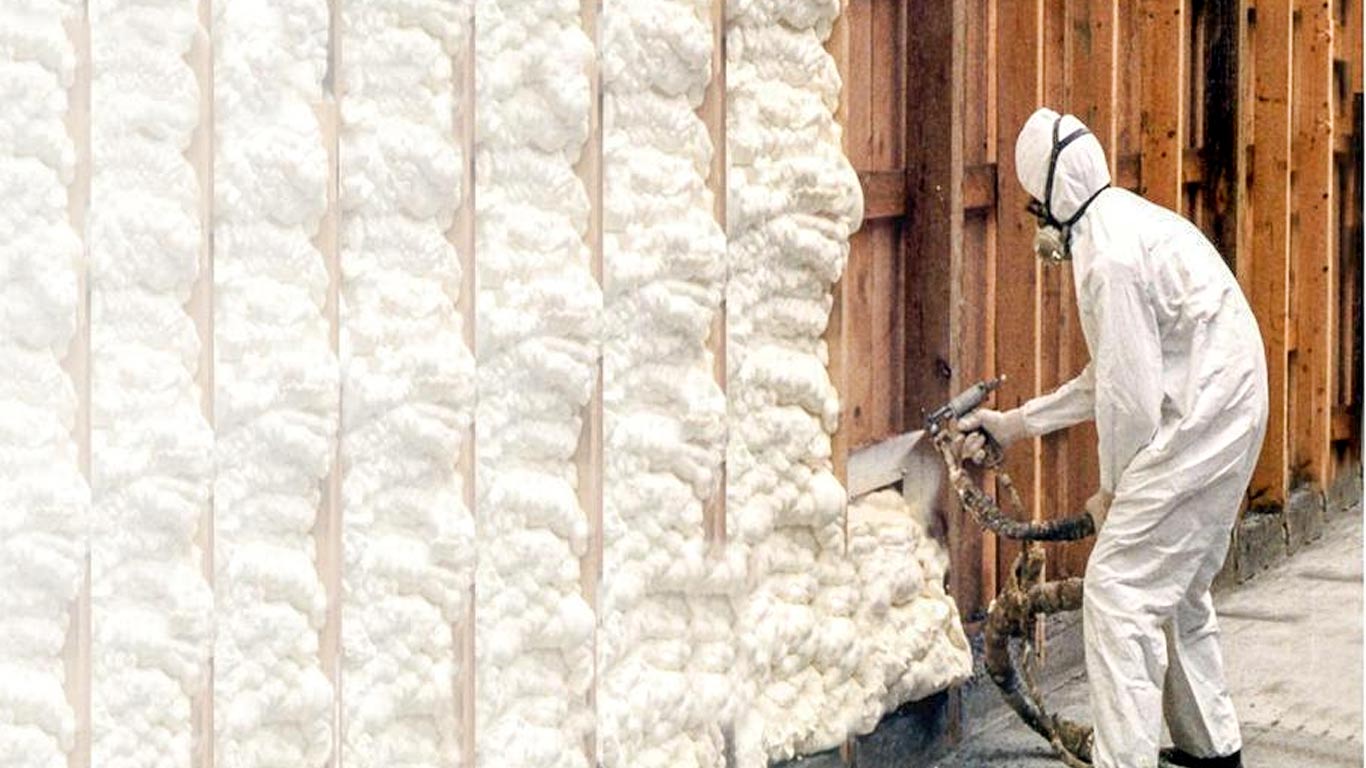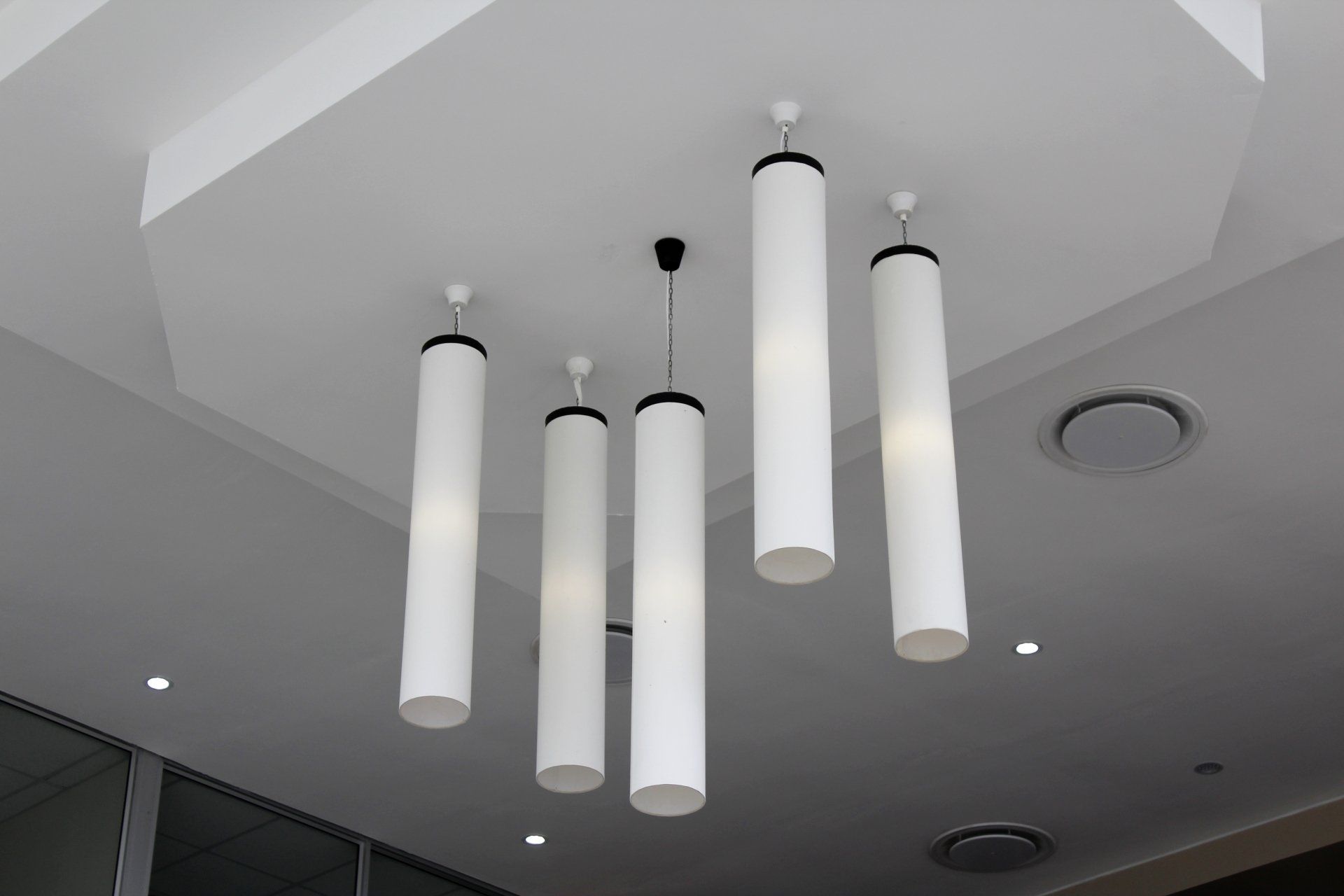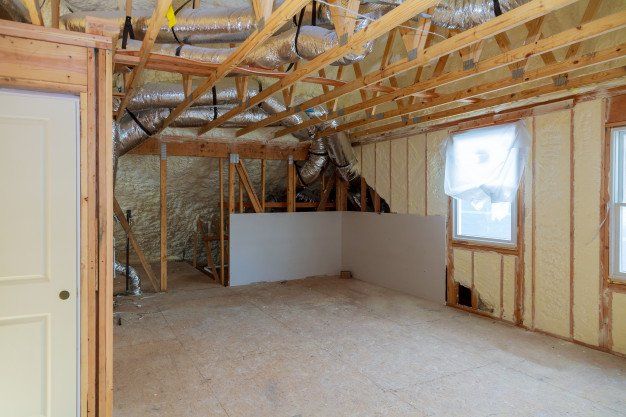Exploring the Common Causes of Ceiling Water Damage
Discovering the Reasons for Ceiling Water Damage & How to Fix It
The frustration and concern that homeowners experience when they discover water damage on their ceilings. It's a distressing situation that can negatively impact the structural integrity and aesthetics of a home. However, understanding the common causes of ceiling water damage is crucial in effectively addressing and preventing further issues.
In this blog post, we will dive into the primary culprits behind this problem and provide practical solutions that homeowners can employ to tackle this issue head-on. So, whether you're dealing with unsightly stains or sagging drywall, rest assured that by the end of this article, you'll have the knowledge and confidence to tackle ceiling water damage with ease.

Common Causes of Ceiling Water Damage
Leaky Roof
This issue often starts with small cracks or gaps in the shingles or flashing, allowing water to seep through during heavy rainstorms. Over time, the constant exposure to moisture can weaken the roof's structure and lead to more significant leaks. Additionally, clogged gutters and downspouts can contribute to the problem by causing water to overflow onto the roof, further exacerbating the damage.
To address this issue, it is crucial to conduct regular inspections and maintenance, identifying and fixing any damaged shingles or flashing promptly. Investing in professional roof waterproofing can also be an effective solution, as it adds an extra layer of protection to prevent water infiltration. With proper care and attention, homeowners can successfully mitigate the risks of a leaky roof and protect their ceiling water damage in the long run.
Plumbing Issues
One common cause is leaky pipes and faulty plumbing connections. Over time, pipes can deteriorate or develop small cracks, leading to water seepage and eventual leakage. Another culprit is clogged drains and sewer backups. If drains are not properly maintained or if foreign objects and debris build up, water can back up and overflow, causing water damage to ceilings.
Additionally, pipe bursts are a major concern. Sudden changes in temperature or increased water pressure can cause pipes to burst, resulting in extensive water damage to ceilings and surrounding areas. It is crucial to address these plumbing issues promptly to prevent further damage and costly repairs. Regular inspection, maintenance, and timely fix ceiling water damage are key to avoiding ceiling water damage caused by plumbing problems.
Condensation and Humidity
These two factors are notorious culprits when it comes to water infiltration in ceilings, often leading to unsightly stains, peeling paint, and even structural damage if left untreated. Condensation occurs when warm air meets a cold surface, such as the ceiling, causing moisture to form.
This can be especially problematic in areas with poor insulation or ventilation, such as bathrooms and kitchens. High humidity levels within the home can also contribute to water damage, as excessive moisture in the air can accumulate on the ceiling surface over time.
To address condensation and humidity-related water damage, it is crucial to tackle the root causes. Improving ventilation is key, whether it's by installing exhaust fans in moisture-prone areas or simply opening windows regularly to allow fresh air circulation.
Adding insulation to the ceiling can also help prevent temperature variations that lead to condensation. Additionally, controlling indoor humidity levels through the use of dehumidifiers or air conditioners can significantly reduce the risk of water damage. Being proactive and addressing these issues promptly can save homeowners from costly repairs and preserve the integrity of their ceilings.
HVAC System Problems
One of the most common problems is condensation buildup. When warm air passes through the cooling coils of an air conditioner, moisture is drawn out of the air and collects on the coils. If the condensate drain line becomes clogged or the drain pan is not properly sealed, this moisture can leak onto the ceiling, causing water damage.
Another issue with HVAC systems that can lead to ceiling water damage is improper ventilation. Without proper airflow, moisture can become trapped and condense on surfaces, including the ceiling. This can create the perfect environment for mold and mildew growth, further exacerbating the damage.
As a professional, it is crucial to address these HVAC system problems promptly to prevent further water damage and ensure the longevity of the ceiling structure. Regular maintenance, including cleaning and inspecting the condensate drain line, sealing any leaks, and ensuring proper ventilation, can go a long way in avoiding these issues.
Signs and Symptoms of Ceiling Water Damage
Water stains or discoloration
One common cause that homeowners often overlook is water stains or discoloration on the ceiling. These unsightly marks not only ruin the overall appearance of a room, but they can also indicate a more significant problem lurking above.
Peeling or bubbling paint
Typically indicative of a moisture problem within the ceiling, which can be caused by a variety of factors. One common cause is roof leaks, where water seeps through damaged or improperly installed roofing materials and infiltrates the ceiling.
Sagging or cracking ceiling
This issue can occur due to various reasons, such as leaks from plumbing, roof damage, or even excessive moisture buildup in the attic. When a ceiling starts to sag, it is important to address the problem immediately to prevent further damage and potential safety hazards.
Musty odor or mildew growth
This issue is often a result of moisture accumulation within the ceiling cavity, usually caused by leaky pipes, roof leaks, or condensation build-up. When water seeps into the ceiling, it creates a damp environment that promotes the growth of mold and mildew, resulting in that musty smell often associated with water damage.
Hissing or dripping sounds
These sounds are an indication of a leak in the plumbing system above the ceiling. It could be a dripping pipe, a faulty valve, or even a burst pipe. It is essential to investigate the source of the sound promptly to mitigate any potential water damage and avoid costly repairs.
Increased energy bills
Many homeowners may be unaware that their soaring energy bills can actually be an indicator of an underlying issue with their ceilings. The most prevalent culprit is often a compromised or poorly insulated roof, which allows water to seep through during rain showers or snow melt.
Addressing and Preventing Ceiling Water Damage
Promptly fixing roof leaks and damaged shingles
Roof leaks can occur due to a variety of reasons such as age, extreme weather conditions, poor installation, or even debris accumulation. This can be accomplished by inspecting the roof for any missing or damaged shingles, cracked flashing, or clogged gutters.
Repairing plumbing issues promptly
The importance of regular maintenance and prompt repairs when it comes to their plumbing systems. Often, simple leaks or drips can go unnoticed for extended periods, causing extensive water damage to ceilings. A small pipe leak can quickly escalate into a major issue, leading to costly repairs and potential health hazards like mold growth.
Improving ventilation and managing humidity
This can occur due to various reasons such as inadequate air circulation, lack of ventilation systems, or even simply forgetting to use exhaust fans during activities that generate moisture, like showering or cooking.
Maintaining HVAC systems
Homeowners should schedule annual inspections with a certified HVAC technician who can identify and fix any system malfunctions or leaks. Additionally, it is crucial to replace HVAC filters regularly to ensure proper airflow and prevent contaminants from entering the system
Conclusion
In conclusion, understanding the causes and addressing them promptly is crucial when it comes to dealing with ceiling water damage. As someone who has personally experienced the devastation that water damage can cause, I cannot stress enough the importance of taking immediate action.
From improving ventilation and managing humidity to maintaining HVAC systems, there are steps that can be taken to prevent further damage. I encourage all readers to be vigilant and to consult a professional if they notice any signs of water damage in their ceilings. Remember, acting quickly can save you time, money, and a lot of stress. Contact us today for a free quote and let us help you address and prevent ceiling water damage.



